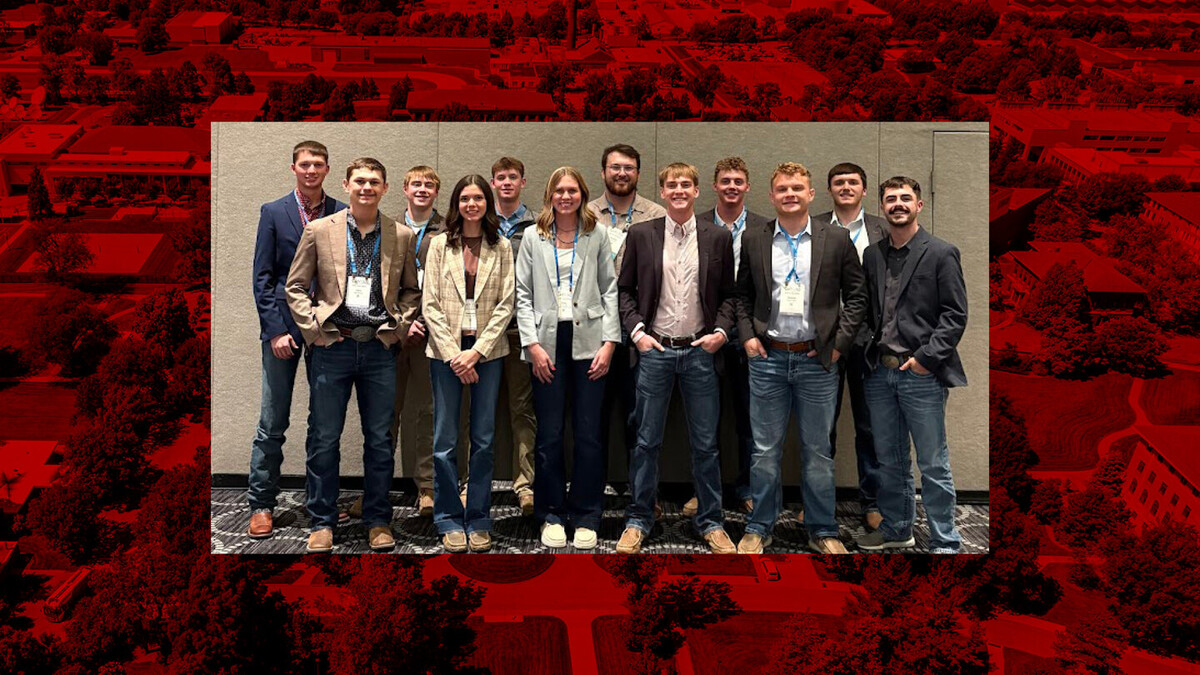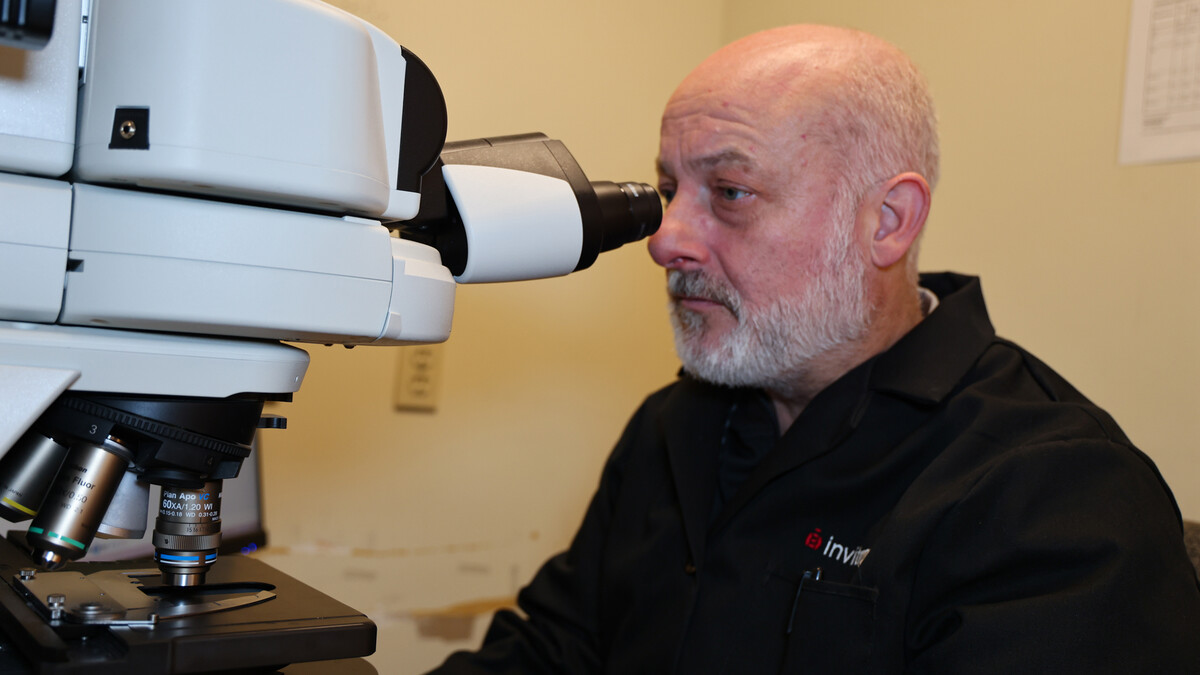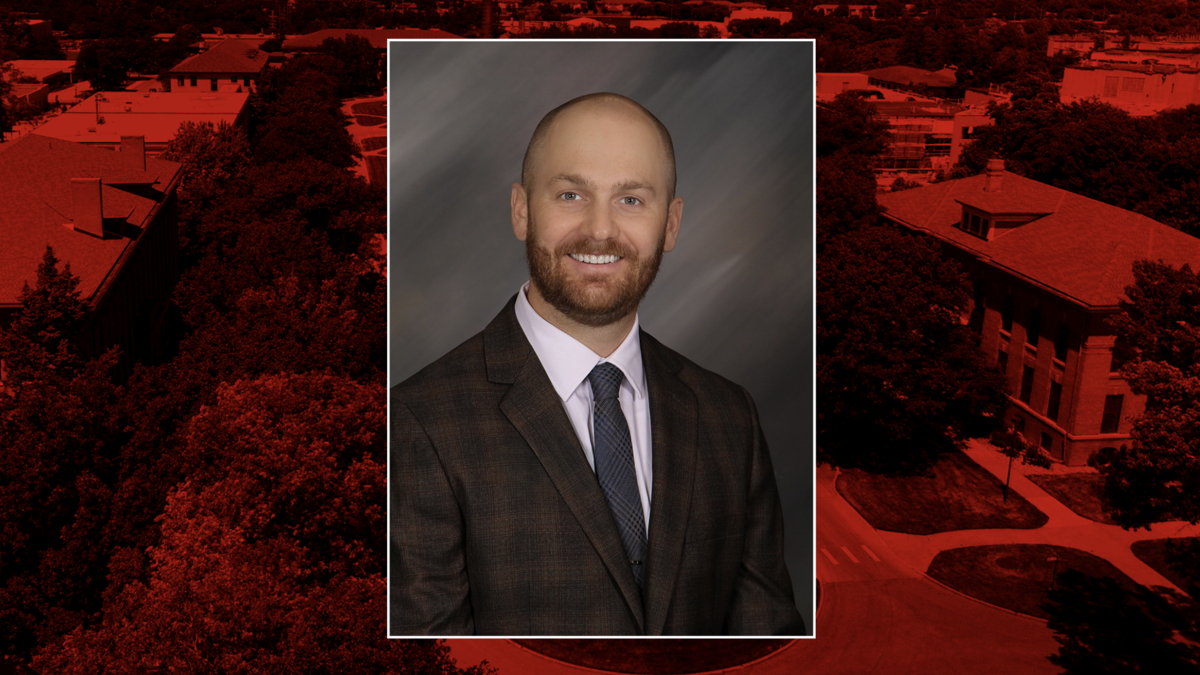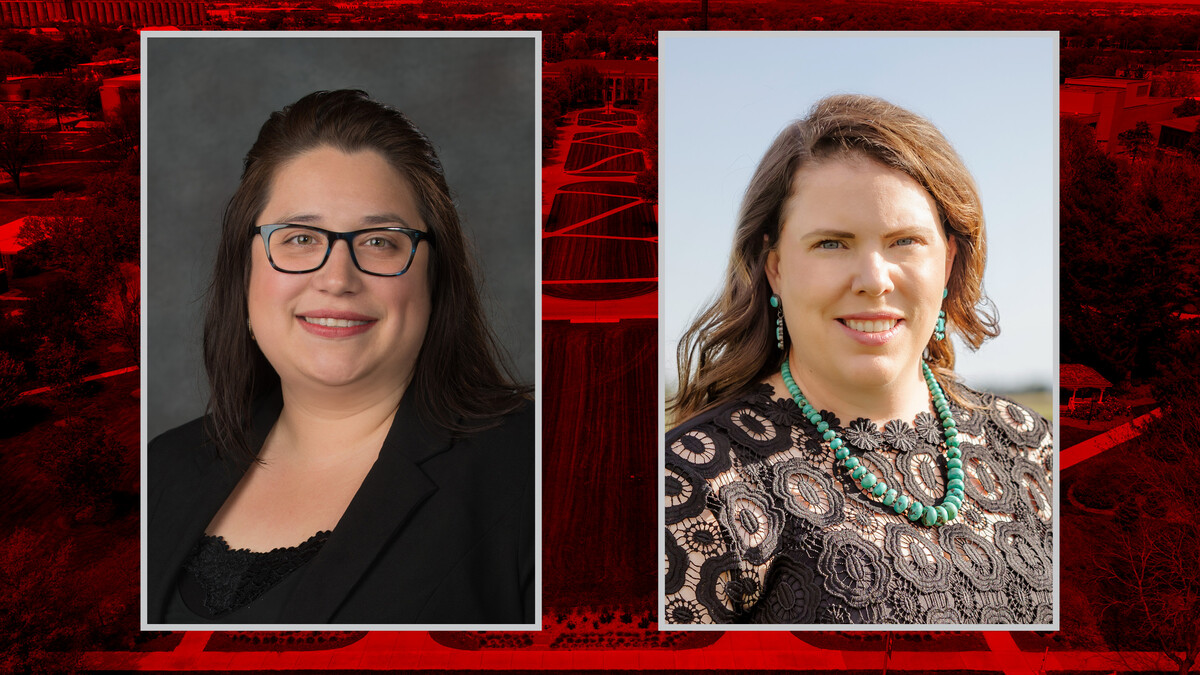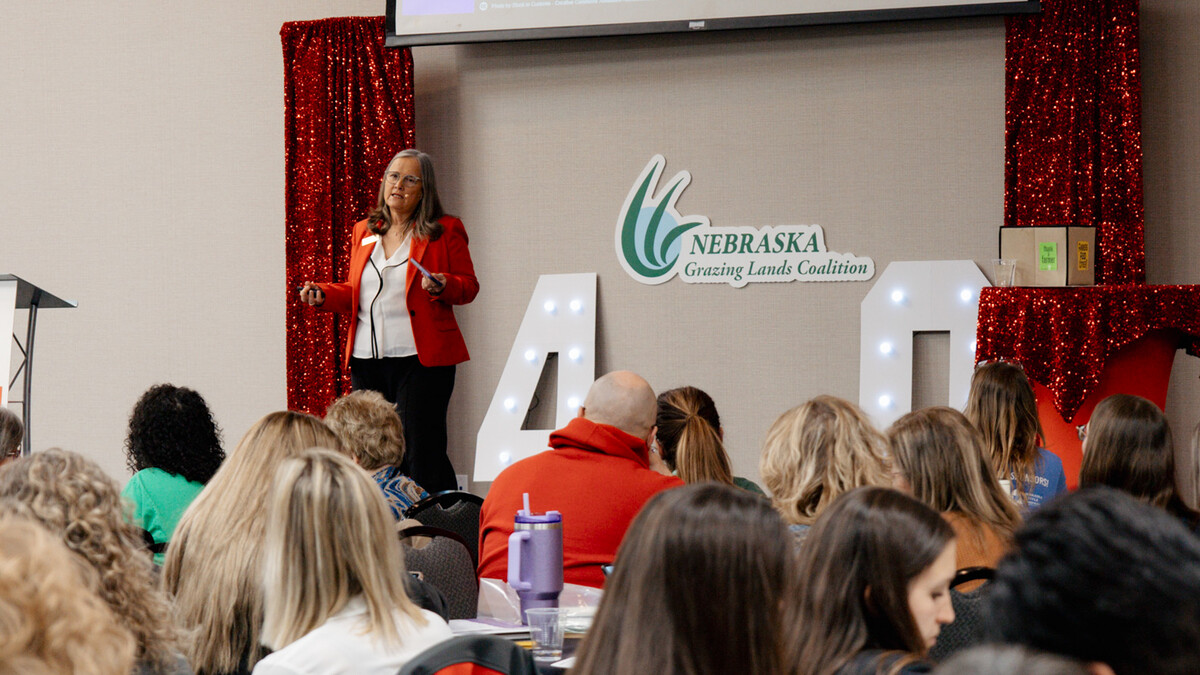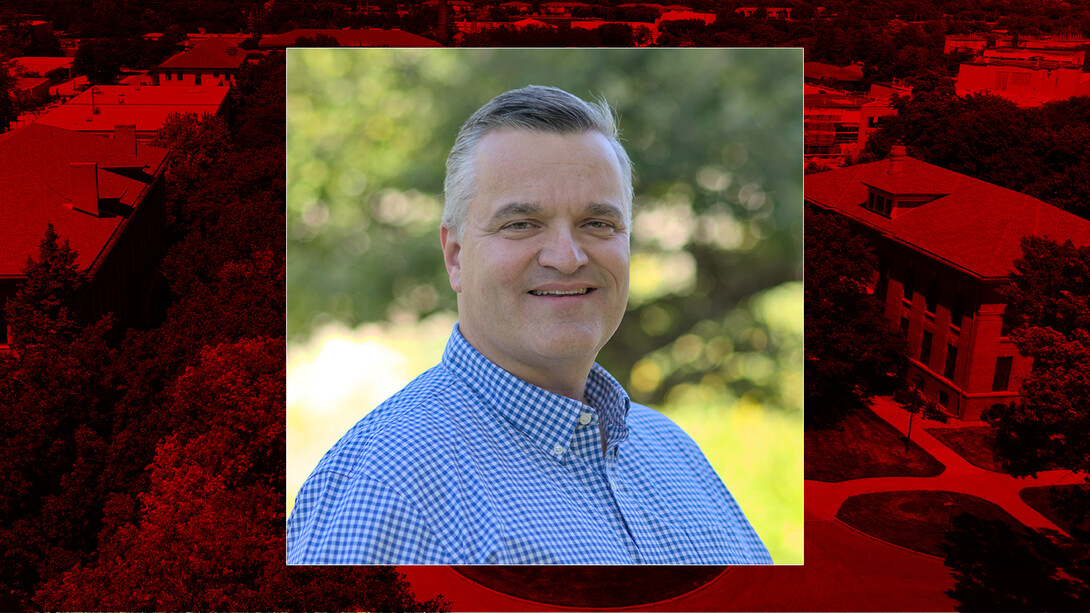
Lincoln, Neb. —The science in a program is easier to work with than the people trying to implement it, the president of Headwaters Corporation told NRT students recently.
“I have always found that the science is the easy part,” Chadwin Smith said. “And I don't mean that it's easy, but it seems to be easier than dealing with the people part, especially when you work in these big restoration programs and you have to work collaboratively and you have a lot of viewpoints. Teasing out things that are important or not important, figuring out what is signal and what's noise, and then trying to help people work collaboratively is the biggest challenge.”
Smith has worked with Headwaters Corporation in the Platte River Recovery Implementation Program under the Bureau of Reclamation since the corporation started in 2007.
Now with 18 employees, Headwaters uses adaptive management to ensure continued use of shared waters while keeping endangered species alive and addressing environmental problems. In adaptive management, people try to make the best decisions they can based on the information available and then learn from the results of those decisions to adjust future decisions. The aim is to reduce uncertainty over time through system monitoring and to improve decisions and results.
“I do believe that that people portion of adaptive management and large programs making decisions, how decisions are made, how do you structure your governance, how do you vote, all those kinds of things, they're so intricately tied to the success of a program that you've got to get those things right before you can make your science useful,” Smith said.
The Platte River Recovery Implementation Program is deemed successful, with data showing increases in whooping cranes, piping plovers and terns, he said.
Whether the program caused those increases has yet to be proven, he said, but Headwaters performs related work like monitoring the bird populations and their predation, using technology to analyze river changes and adding sand to incised channels for nesting.
“One of the things that I've found rewarding working for the Platte and I think is at the heart of the success, whatever that may be for that program, is this group of people being able to work together,” Smith said.
Almost everyone at Headwaters Corporation has worked on the Platte program, he said. The corporation has several water resources engineers, a fluvial geomorphologist and a geospatial analyst at its headquarters in Kearney but other specialists in Lakewood and Fort Collins, Colorado, and Smith working from upstate New York and Kearney.
“We have kind of a whole mix of areas of expertise, which makes us kind of a little Strike Force in some of these things,” Smith said.
Headwaters restores streams, removes dams and works on wetland mitigation banking in programs such as the Upper Colorado Endangered Fish Recovery Program, the San Juan River Basin Recovery Implementation Program and the Glen Canyon Dam Adaptive Management Program.
Other programs such as the Comprehensive Everglades Restoration Program, the Trinity River Restoration Program in California and the Middle Rio Grande Endangered Species Collaborative Program have hired Smith to advise them on adaptive management and their programs.
He said he never comes to another program with the notion of duplicating the Platte program and its success.
“I don't ever come in as a consultant with a readymade adaptive management plan or a readymade list of changes to the structure of a program,” he said. “I come to listen, to talk to people and then try to help them make those changes themselves. I think that approach is the only thing that really works. You can't parachute in and say, ‘This is the way it's going to be,’ just because maybe it worked to some degree somewhere else.”
He talks to people about what has worked at their program, what hasn't, what they’re frustrated about, what seems to be on a positive track and what is on a negative track. He amasses the information and then works with a couple of small teams to piece together a plan or strategies to make progress.
People may have worked antagonistically for years, and the only solution Smith said he sees for that is for the people to spend time together talking.
In the Platte program, he said a group of people representing Nebraska, Colorado and Wyoming—the three states using the Platte for water—negotiated the program in hotel conference rooms for about 10 years.
“They did things like start a meeting at 2 p.m. on an afternoon on one day and then carry that over to the morning of the next day because then, at night, they would go have dinner together and have some wine or beer and kind of sit and talk,” he said. “If something contentious had come up in the afternoon, they tried to work it out and come back the next day fresh and solve things, and so those kinds of processes are things that we continue to do.”
He said that taking the time to learn how to collaborate is the most effective way for a program to find success but people generally don’t want to hear that.
“Nobody has time and we're all affected by climate change and we're running out of water and running out of money,” he said. “And so, that's my advice, and those things don't tend to match up, so it's not always a happy message.”
Headwaters employees continue to invest time in this process themselves when adding new employees to ensure they keep collaborating well and meeting with success, he said.
“I really do believe that it takes the right group of people at the right time to make these things work,” Smith said. “I think that's happened on the Platte.”

